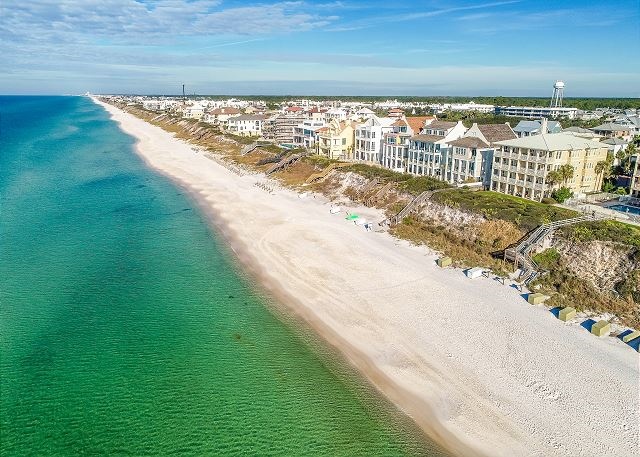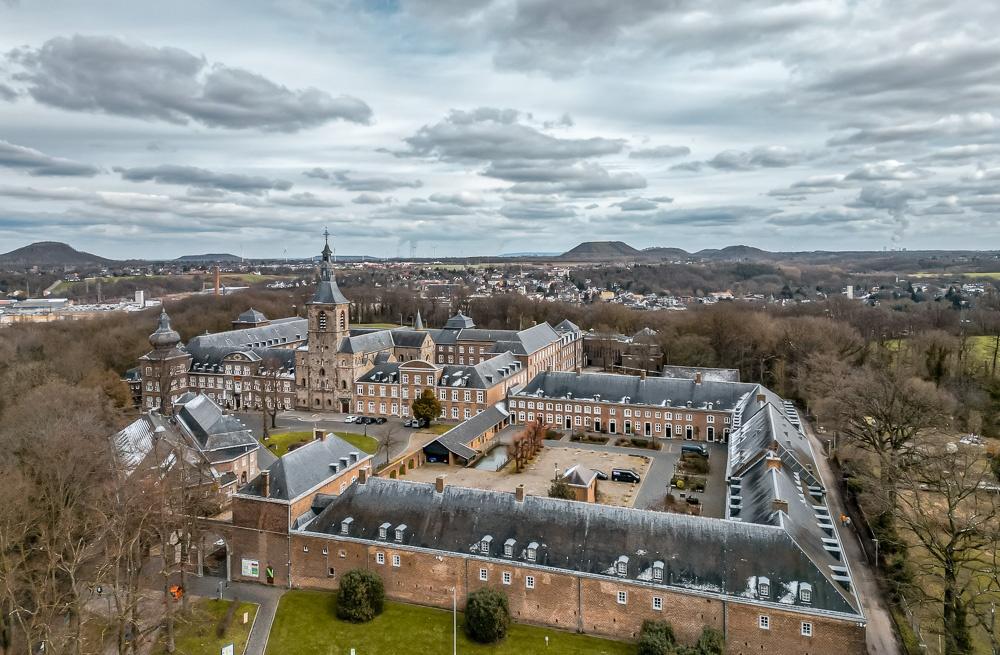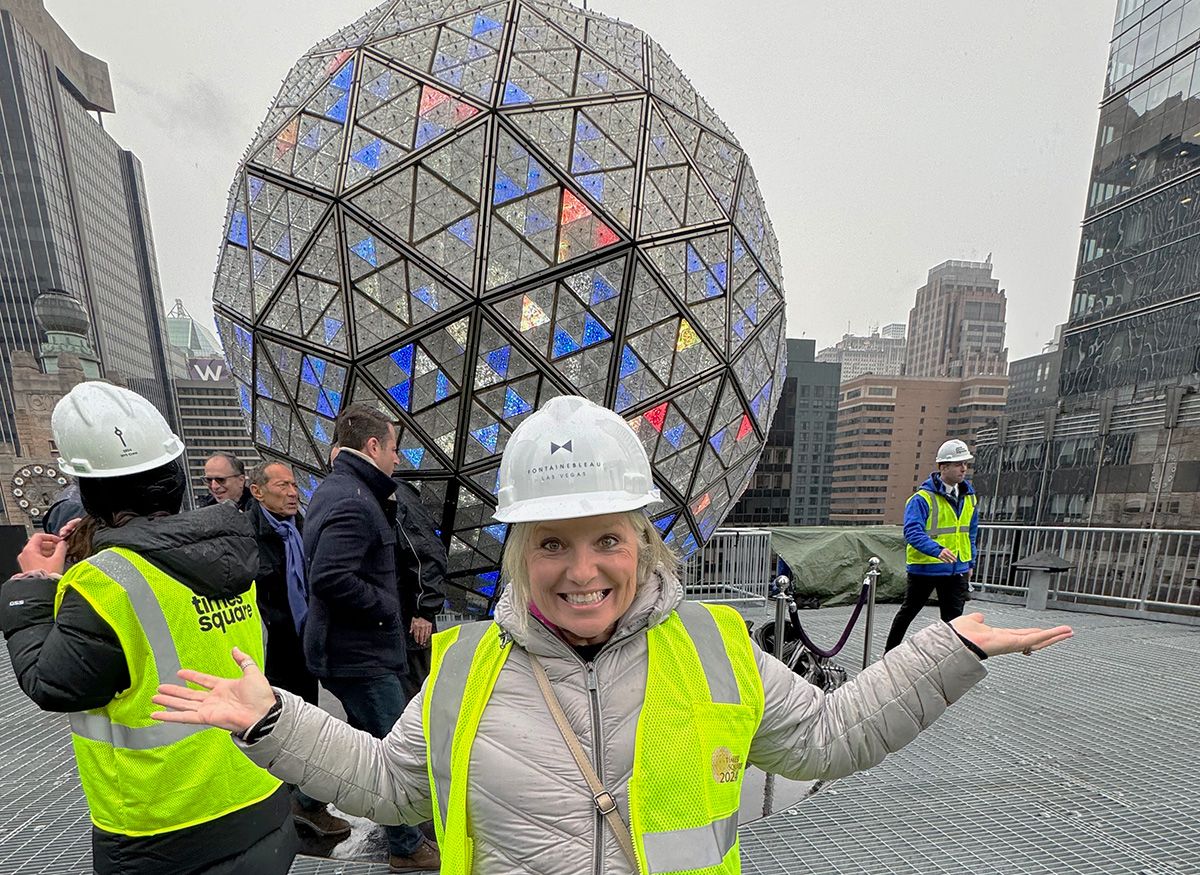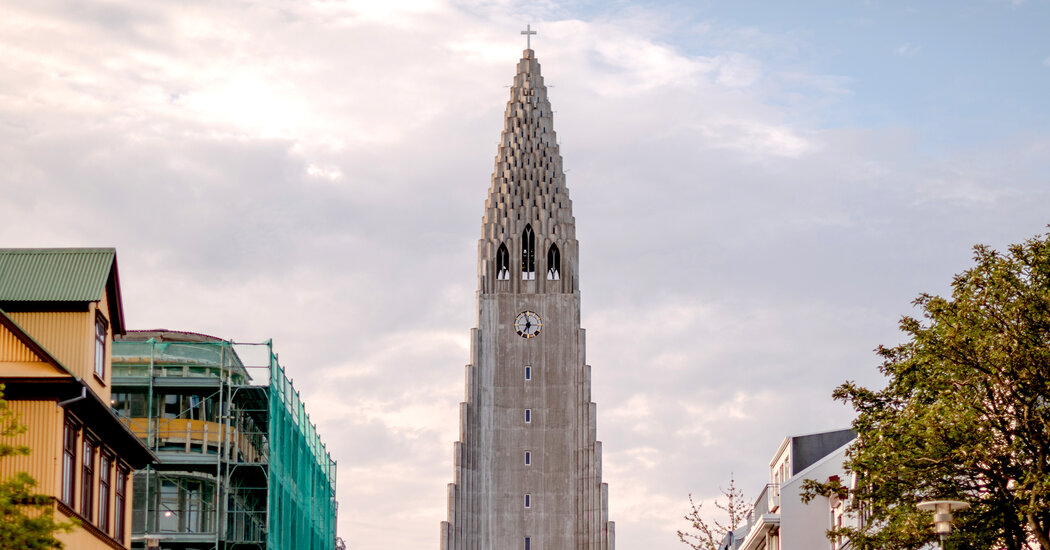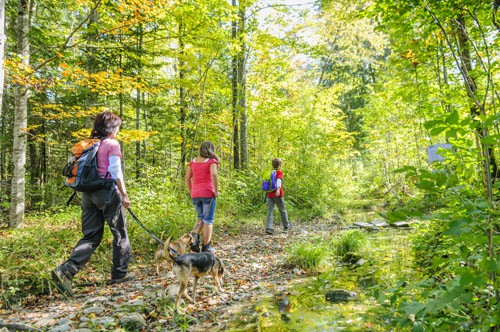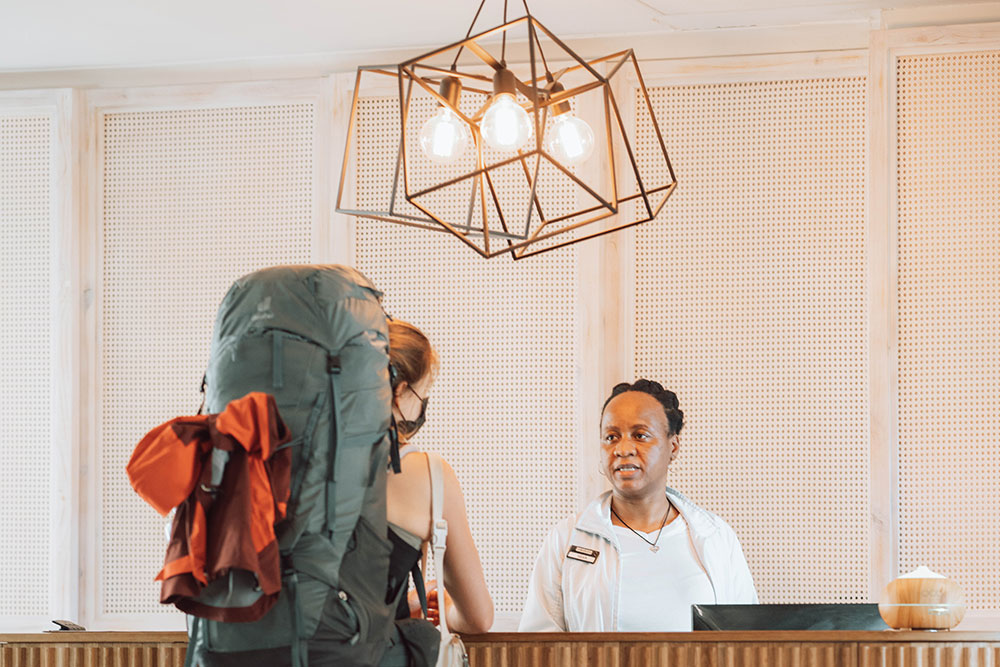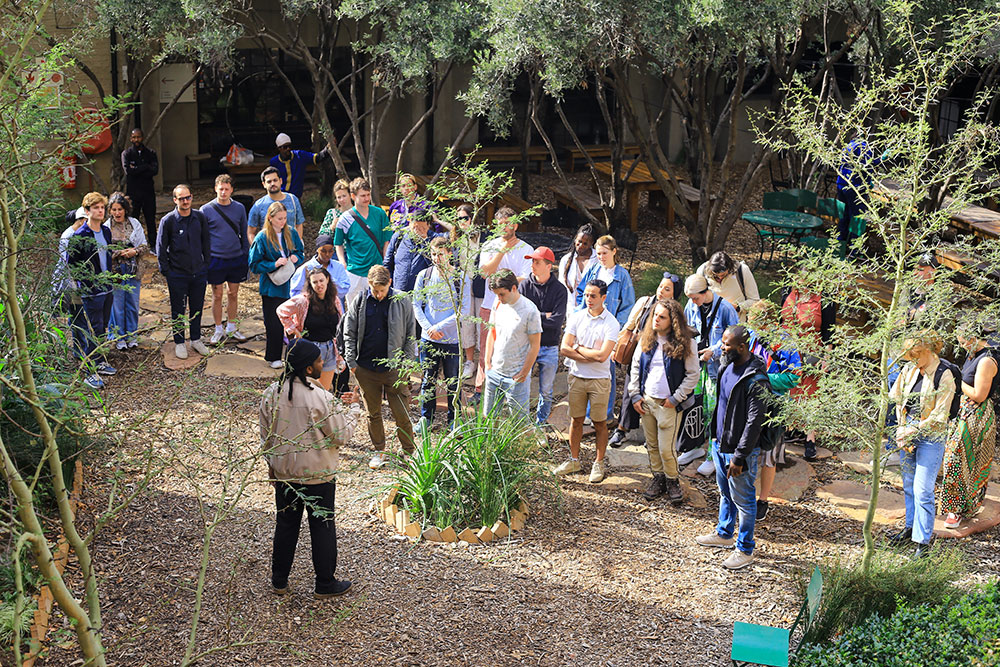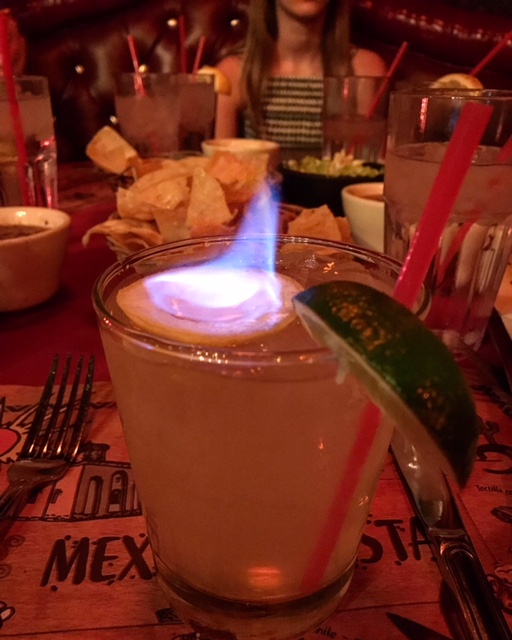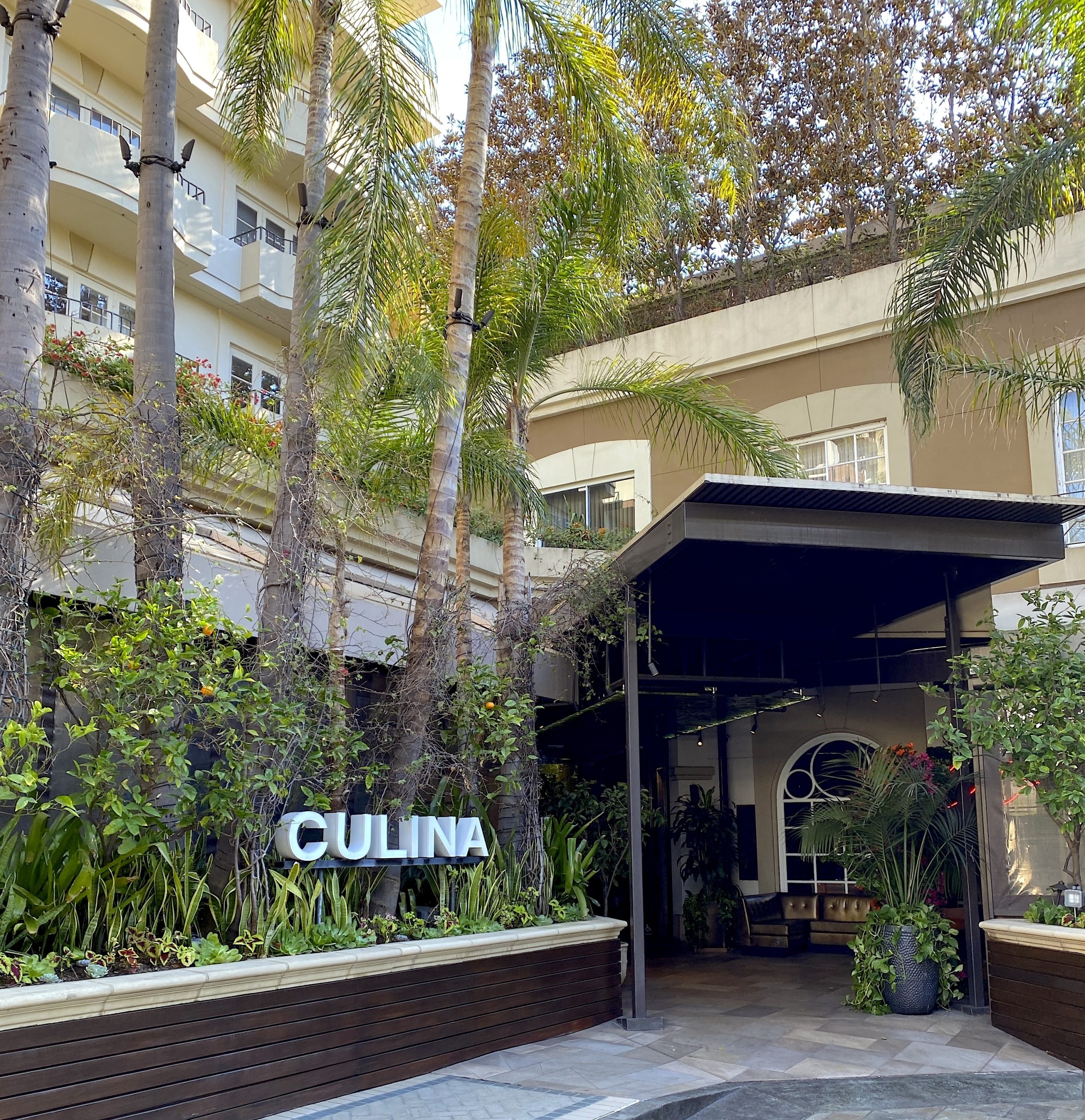
Caretaking a lodge in winter brings challenges and joy
All images taken by Fredrik Norrsell
On September 30th my husband, Fredrik, and I sailed into Baranof to spend a winter in Warm Springs Bay. There is no road, or scheduled air service, to Baranof. Nearly everyone arrives by boat. However, few people arrive in a 17-foot open boat without a motor. After an entire summer of rowing and sailing around southeast Alaska, we had been on the water since 6 a.m. A hurricane-force low was predicted to make landfall by evening. We were anxious to get “home.”
As we entered the bay, beams of sunlight streamed through the clouds. Baranof Wilderness Lodge, where we would be caretakers for the next seven months, came into view. That night, 70-mile-an-hour winds rocked the dock. Water blew the tops off the waves. Spray dissipated into the air. Fredrik and I watched it all through a window, grateful to have a roof over our heads.
Five years earlier, we had paddled into this bay, 20 miles east of Sitka on Baranof Island, at the end of a summer-long kayak trip. Mike Trotter—the owner of Baranof Wilderness Lodge—was enjoying his evening beer on the dock. After visiting with Mike for a few minutes, we realized we had lived parallel lives for decades. If you have lived here long enough, Alaska is still a small town.
Fredrik and I had always wanted to spend a year in the wilderness. We were planning a 16-month voyage through Alaska’s panhandle when a care-taking position came up at the lodge. Again, the situation was serendipitous. The facility hadn’t had new caretakers in 14 years.
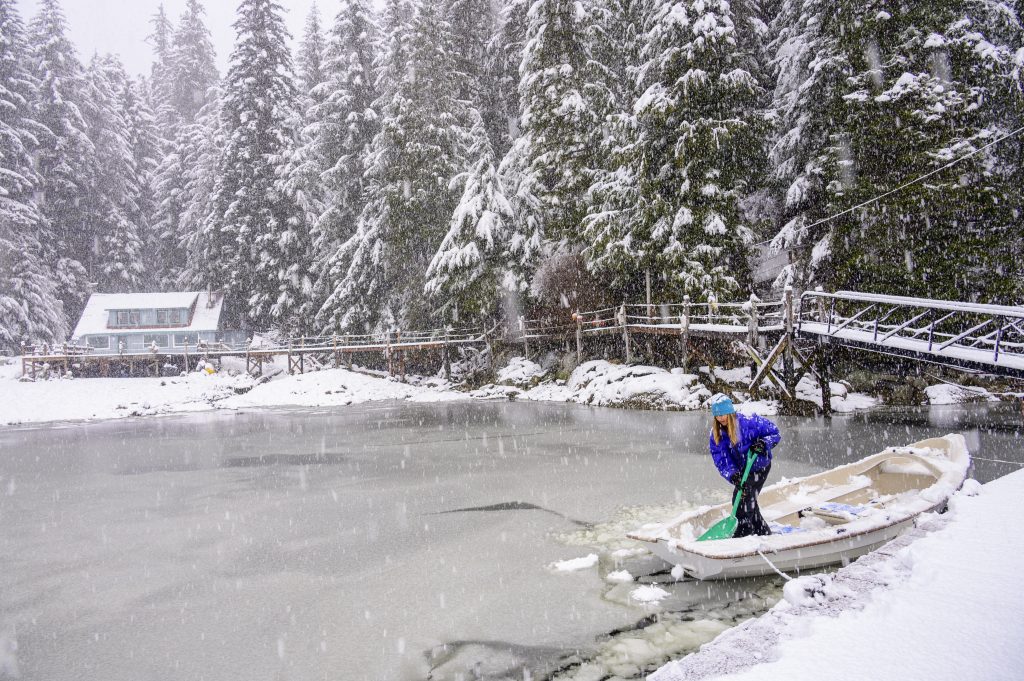
Like all the smallest towns in Southeast, Baranof has been steadily losing population and services. In 1989, on my first visit, the town still had a general store and post office, and scheduled plane service. All that is gone now.
On a sunny day in July, the “town”—including a free public bathhouse 50 feet from the dock and a natural hot springs a short walk upriver—might host over 30 residents and visitors. Last winter, Baranof Warm Springs Bay harbored a population of four—ourselves and another couple who took care of the townsite less than half a mile away.
Originally constructed as a family home in the early 1960s, the building we moved into had seen plenty of love and a lot of hardship. In 1980, Clark Gruening—the grandson of Alaska’s territorial governor Ernest Gruening—transformed the main building into a lodge and added four cabins. Under Mike’s ownership, buildings and dock space kept coming.
As Fredrik and I got the rapid rundown on how all the systems worked, I frantically scribbled notes. It surprised me to feel daunted by the task ahead. I had built my own house. I am accustomed to living in the wilderness. The concept of “if it breaks, you fix it” has always been part of my life. I could certainly handle this, right?

Still, the most complicated piece of equipment I had repaired in years was an MSR stove. Not only had I never repaired a snowblower, I hadn’t even run one. This, I knew, would be a crucial skill.
“This is the magic of the place,” Mike said, pointing to the 1897 Pelton water wheel that generates all the electricity for the lodge. Lodges all over Alaska are shackled to diesel generators. Baranof Wilderness Lodge runs entirely on free-flowing water from Sadie Creek. If the water stopped flowing—as it often does during a cold snap—our job was to hike up the canyon and clear the ice from the intake.
One evening in early October, we sat on the dock with Mike. In a few days, he would take off, leaving us in charge of his lodge for the winter. A humpback whale rose just offshore.
“That’s Hobo,” said Mike, recognizing the whale by its pure white flippers. This whale had not only a name but a reputation. Hobo, and two of his cohorts, were regular diners on hatchery-raised salmon at Hidden Falls hatchery, 15 miles north of here.

I hoped that someday, I too would be able to recognize the animals that shared my world as individuals. For that, I needed to slow down, stay put, and observe.
October has never been my favorite month in Alaska, but I loved October in Baranof. We canoed on the lake. From the comfort of the hot springs, we watched bears fishing for salmon. I hiked the mountains, dreaming of where I would ski.
One day we caught a couple of nice size halibut and a cod. Fish was a staple of our diet, and we were happy to be filling the freezer. Deciding to stop for a quick soak to get the late fall chill out of our bones, we tucked the fish bucket under the seat of the boat and headed for the hot springs. We returned warm and relaxed, but found that our fish had been stolen. Gone was grilled halibut with lemon and dill, future fish tacos with cabbage and our special spicy mayonnaise. A family of river otters had absconded with our dinner. We instantly dubbed the rogue gang “The Outlaw Seven.” Of course, it was we who had committed the neophyte move of leaving food unattended. Bears weren’t the only opportunistic feeders around here.

I grew to love these otters. Seeing them sliding around on the snow, freshening their coats, they looked like fluffy stuffed animals. Watching them stand up to eagles over possession of a fish, I respected them as the efficient predators they are. I watched the youngsters grow up and the family disperse. However, the teenagers regularly came by to check if there was any fish on the dock.
In mid-November, it started to snow. Winter in Alaska had begun. I danced around on the dock, mouth open to the sky, catching giant fluffy flakes in my mouth. I had no idea what was coming. Between mid-November and early January, 18 feet of snow inundated our world. All our waking hours—and many I wish I had been sleeping—were spent shoveling. Each morning I dutifully continued the weather records first started in 1928 by Fred Bahovec, one of the first settlers in the bay. In those days, an average winter included 26 feet of snowfall. One winter, during his 30 years in the bay, Fred Bahovec witnessed an unimaginable 60 feet of snow.

With global warming, most of Baranof’s precipitation falls as rain these days. Huge snow accumulations, like Fred witnessed, are rare—but not impossible. What were the chances a record snowfall would happen to us? Local knowledge assured us that February and March were the big snow months. The math was terrifying. If it continued to snow for the rest of the winter as it had so far, we would have over 45 feet of snow by the first of April.
On the night of November 28th, a huge crash shook the building. The immense weight of snow had toppled two gigantic cedars and crushed the boardwalk that provided our only access to the sea. To get to the dock at low tide now required a slippery rock climb. At high tide, it required a boat.
We used mountaineering skills we had learned on big mountains to protect ourselves with ropes as we shoveled the dock house roof. Snow and ice chunks big enough to kill us lurked on the roof above the front door. There were moments—if not whole days—where even simple tasks, like untying a frozen knot, seemed to take all my physical strength and emotional fortitude. Our wrists, elbows, and shoulders cried out for the snow to stop.
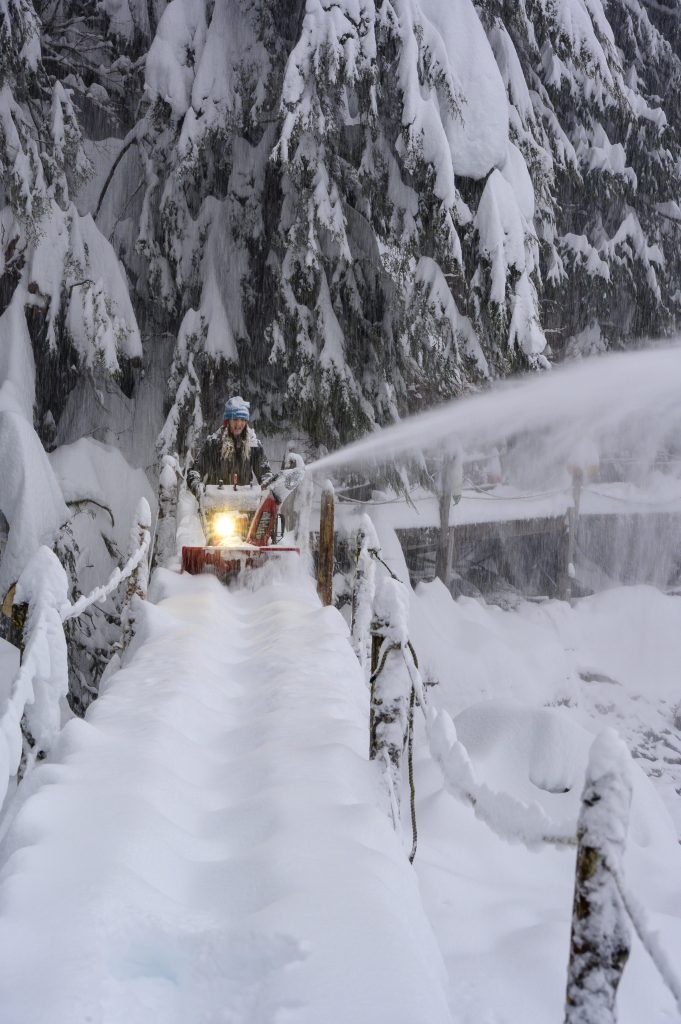
On Christmas eve we got a short respite. Skies cleared and the temperature dropped to two degrees Fahrenheit. We sat down to Christmas dinner: fresh-caught shrimp with a venison roast, mashed potatoes, and gravy. We were about to partake in apple pie and white wine for dessert when the lights in the lodge dimmed. This wasn’t romantic. This was ice in the hydroelectric intake.
We frantically bundled into parkas and chest-waders and trundled out the door with our snowshoes. We had to climb up the canyon and get the ice out of the intake before the pipe that supplies the water that runs the generator became, as Mike had put it, “a popsicle.” Our first job was finding the intake under so much snow and ice. With headlamps, pry-bars, shovels, and scraping tools we stood in the river until the intake was free of ice. A couple of hours later, we returned to dinner.
Cutting firewood in our birch forest back home had not prepared us for dealing with huge southeast Alaskan trees partially suspended over a crushed boardwalk. In early January, Mike imported loggers and construction workers to rebuild the boardwalk, while Fredrik and I fought to keep up with the snowfall. One desperate day, both snowblowers were broken and the snow was still coming down. Fredrik spent the day in the shop with repair manuals. I spent it on the phone trying to find parts anywhere in the region.

In mid-January, it finally stopped snowing. And the incessant, never-ending rain began. Our lives took on a quiet rhythm during these dark rainy times. Time for writing and photography projects slipped back into our world. A weekly schedule of game night, yoga night, and date night gave us small events to look forward to. I found myself missing the outside world less and less. Our sometimes-spotty phone service held up well enough to keep in touch with family and friends.

I enjoyed exploring the nooks and crannies of our pared down world. On all but the foulest days, we spent a chunk of time outside, rowing, hiking, skiing, fishing, or soaking in the hot springs. One day as I wandered upriver, I came across the 1913 Baranof Warm Springs townsite. Re-wilding happens fast in the rainforest. A wooden crib that had been the foundation of a bathhouse was all that remained of a settlement that had once boasted 30 cabins, two general stores, a post office, and a sawmill.

On a sunny day in February, we climbed to the ridgetop and skied down in sparkling powder. A brilliant blue sea and snowcapped peaks spread out beneath us. We returned to a long soak in the hot springs. Over a dinner of shrimp and halibut we agreed, this place can be heaven.
By March, the sun was above the mountaintops for nearly nine hours a day. On the winter solstice, the sun had shown through a gap in the mountains for a short, but glorious, minute and a half. Friends came to visit. We enjoyed a week-long holiday of skiing, soaking, and eating seafood.

The herring came in, and with them, the fish that eat herring. One day, while he was alone in the boat, Fredrik hooked into a 120-pound halibut. In his version of The Old Man and the Sea, Fredrik fought his fish for over two hours before dragging it ashore in front of the lodge. Here was dinner for the rest of our stay, as well as the opportunity to be generous with friends and neighbors.
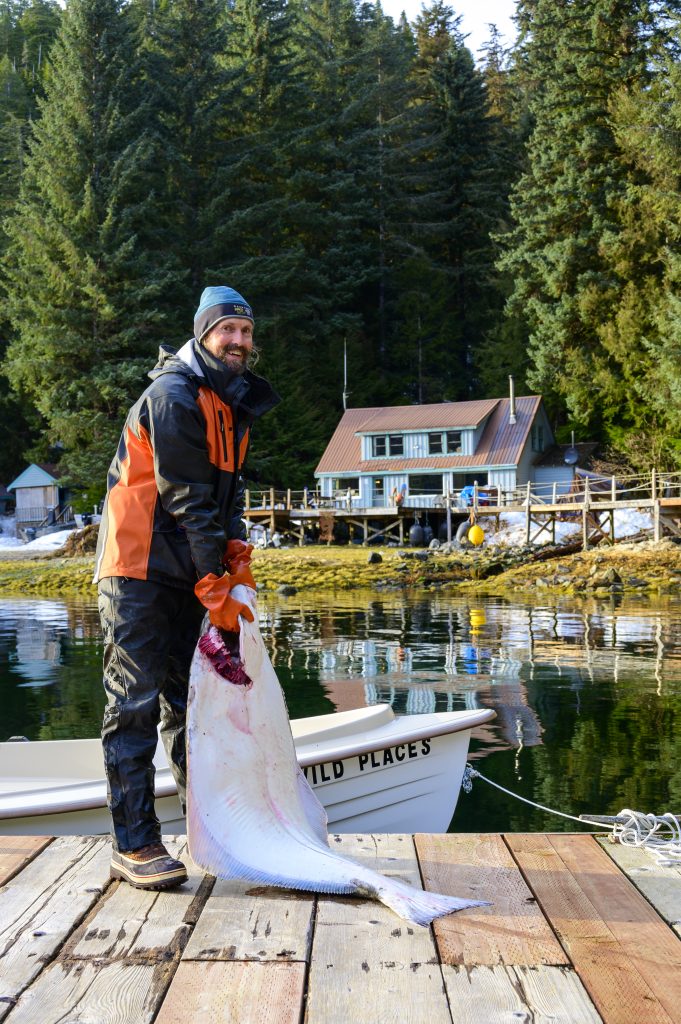
On March 21st, the first bear was seen in the bay. Swans flew north in tight formation. The profusion of life that is summer in Southeast felt poised to explode. Yet still, it rained. I yearned for spring while another 21 inches of precipitation fell in an already soaked world.
At last, the kind of glorious sunny days that makes you forget winter ever happened arrived in April.
In early May, Fredrik and I sailed away with our memories. Our winter home metamorphosed into a bustling fishing lodge. Guests arrived to revel in the bounty and beauty of summer. All the best parts of life in Baranof—hospitality, great fishing, fantastic food, cozy cabins, natural hot springs—were there to greet them.
Publisher: Source link
Latest Posts
-
31 July 2025
-
26 July 2025
-
14 July 2025
-
01 July 2025
-
07 August 2025
-
29 July 2025
-
20 February 2025
-
04 February 2025
Newsletter
Sign up for free and be the first to get notified about new posts.
Get The Best Blog Stories into Your icountox!
Sign up for free and be the first to get notified about new posts.

